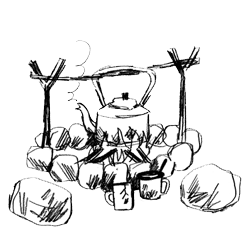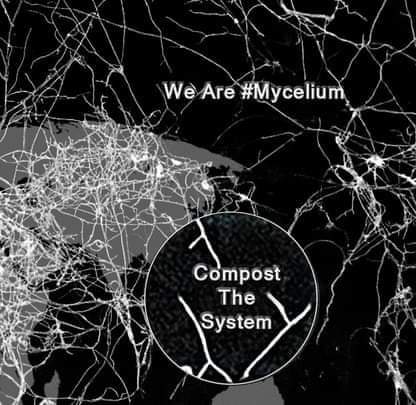In the mess of today’s #dotcons news media, social media platforms have become the primary arenas for public discourse and political engagement. However, the political leanings of these platforms significantly influence the nature of the discussions that takes place. Here’s an overview of the political ground on which some of the major social media platforms stand:
X (Twitter): Far-right
Threads (Facebook/Instagram): Corporate right
Nostor: Libertarian right
Mastodon: Center-liberal
Despite the variety of platforms available, there is an absence of genuinely left-wing social media. This lack needs to be acknowledged, especially when trying to find support for projects like the #OMN (Open Media Network). The prevailing political inclinations of these paths are influenced by our worshipping the #deathcult, a useful hashtag describing the pervasive and invisible influence of #neoliberalism in our society. This influence leads most people to act in counterproductive ways without conscious thought, as part of the common sense path of maintaining the status quo and resisting change or challenge we need.
This unspoken political problem is a part of the issue, what is more important is basically we also need to understand the data paradigm, to navigate out of this entrenched system. We need to recognize the underlying structure of our socio-economic systems are fundamentally driven by data. Consider the following, please:
Capitalism: Essentially data.
Money: A form of data.
Society: Comprised of stories, which are data.
Your Device: A data conduit.
This Text: Data.
Without any left wing media, we give “them” and the data and metadata. We don’t have much access to data and, more importantly, metadata? Scenarios:
- Open Data: Accessible to everyone, Metadata: Fully available to the public.
- Closed Data: Restricted to the individual, Metadata: Controlled predominantly by corporations and governments.
- Hybrid Data: Available to hosting corporations, governments, and paying companies. Limited to friends for personal data sharing. Metadata: Owned by corporations and utilized by governments.
The flow of these scenarios helps to mediate the sustainability of computer networks during the ongoing #climatechaos disaster. The path we take will shape the next 50 years of social and political change, it is important to think and act on this to find a path of more equitable distribution of data access.
Given the political biases of existing social media platforms and the overarching influence of data control, there is an urgent need for developing genuinely left-wing social media spaces. These platforms need to prioritize #4opens data access and metadata transparency to grow a more democratic and inclusive path through the next years of mess.
Supporting projects like the #OMN, which adhere to openness and community-driven governance, paves the way for such change. By challenging the #mainstreaming narratives and advocating for grassroots solutions, we work towards a path where data and metadata are democratized, ensuring that technology serves the public good rather than reinforcing existing #deathcult power structures.
In conclusion, we need to use the #4opens as a tool to evaluate the platforms we use and advocate for alternatives that align with values of openness, equity, and sustainability. By doing so, we can begin to dismantle the #deathcult and build a digital path to a ecosystem that supports #KISS social justice and collective progress.





